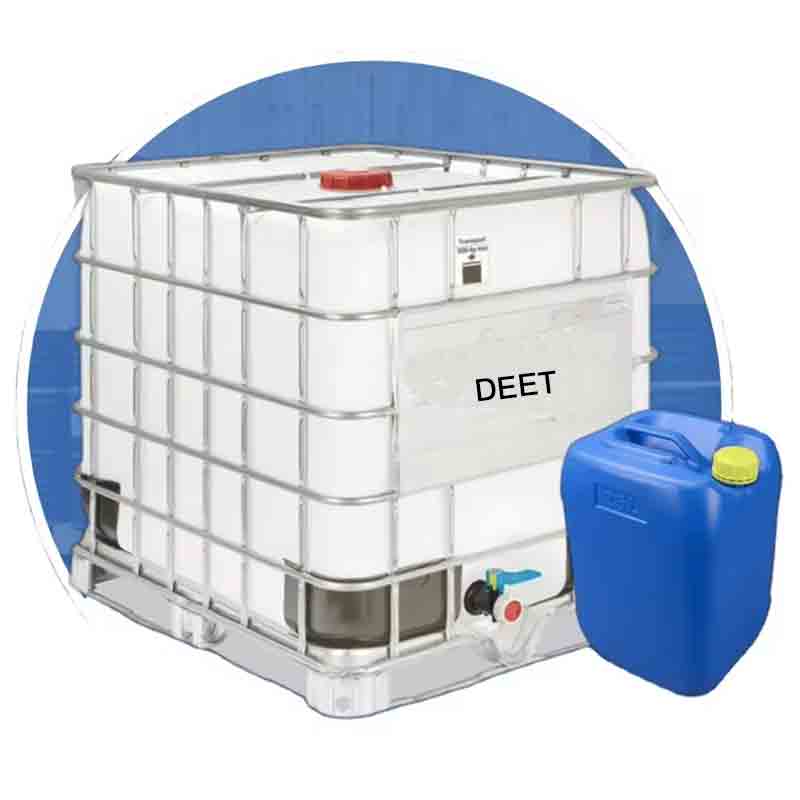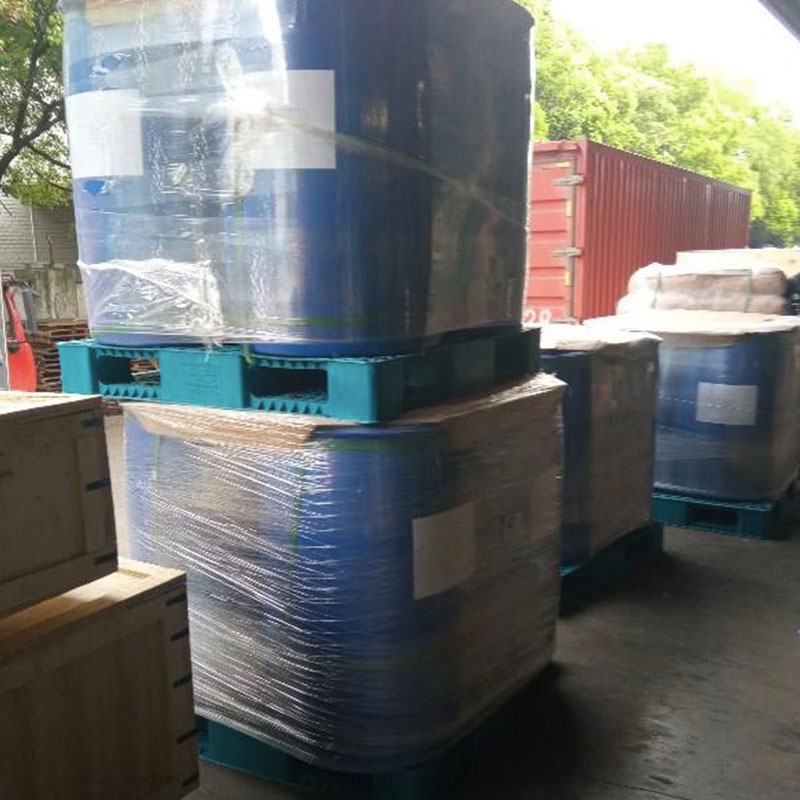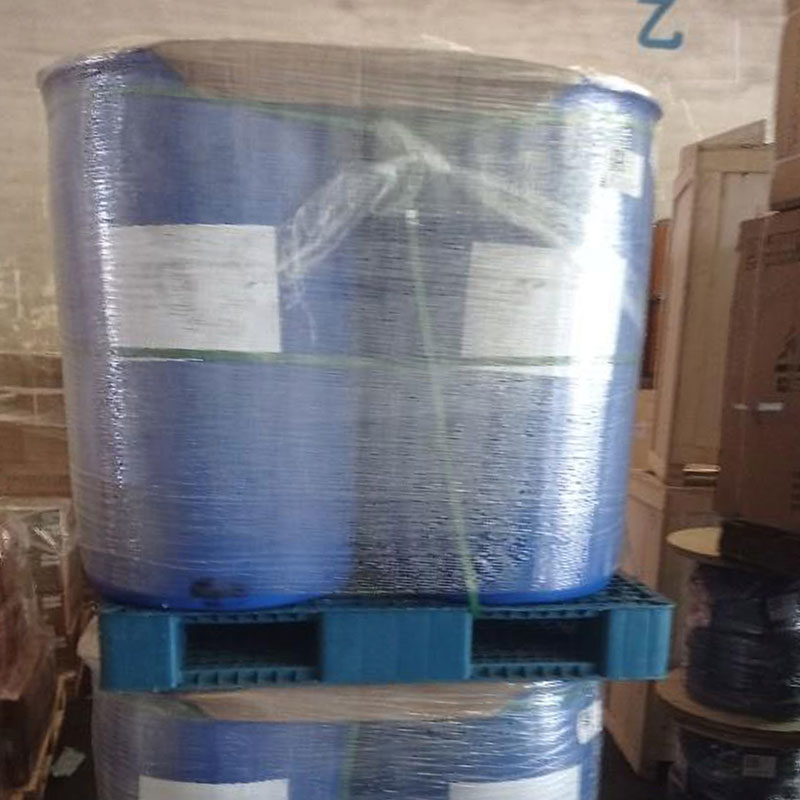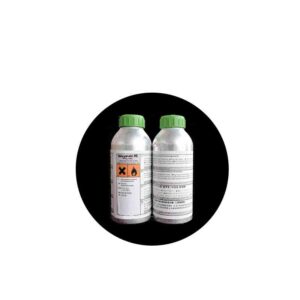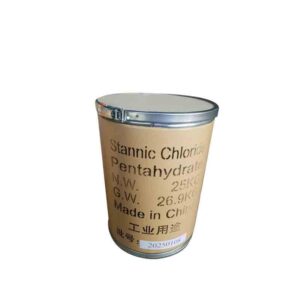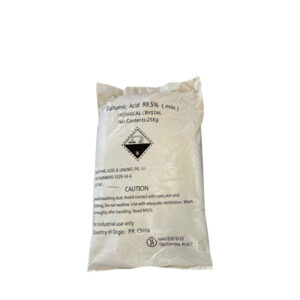Product Specification:
| Items | Standards |
| Appearance | Colorless or pale yellow transparent liquid |
| Purity [GC area%] | ≥99.00 |
| Moisture, % | ≤0.20 |
| Impurities, % | ≤1.0 |
| Acidity [mg. KOH/g] | ≤0.3 |
| Color-APHA | ≤50 |
| Density [d 20°C /20°C] | 0.992-1.003 |
| Refractive Index [n25°/D] | 1.5130-1.5320 |
| Flash point (open cup), °C | ≥146 |
Property:
DEET, chemical name N,N-diethyl-m-toluamide, is a broad-spectrum insect repellent. It can repel a variety of human biting insects in various environments. It can repel thorn flies, midges, black flies, Chigger Mites, deer flies, fleas, Simulium, horseflies, mosquitoes, sand flies, small flies, barn flies and ticks.
DEET is the most effective, and best studied, insect repellent currently on the market. This substance has a remarkable safety profile after 40 years of worldwide use. The World Health Organization also recommends the use of repellent products containing DEET to prevent the invasion of disease vectors. It is often mixed with other insecticides, but its toxicity will increase when mixed with carbamate insecticides.
Application:
DEET is used to make repellent floral water, mosquito-repellent perfume, mosquito repellent soap, aerosol-creamed mosquito-repellent products, with good mosquito repellent effect and quite wide uses.
Packing: 200kg/drum, 16 tons/80 drums/1*20’FCL
Storage:Keep seal when not in use. Store in a cool, dry, well-ventilated area away from incompatible substances. Shelf life of 24 months, if expire, still used if up to standard through retest.
Safety: Non-hazardous for air, sea and road freight.
